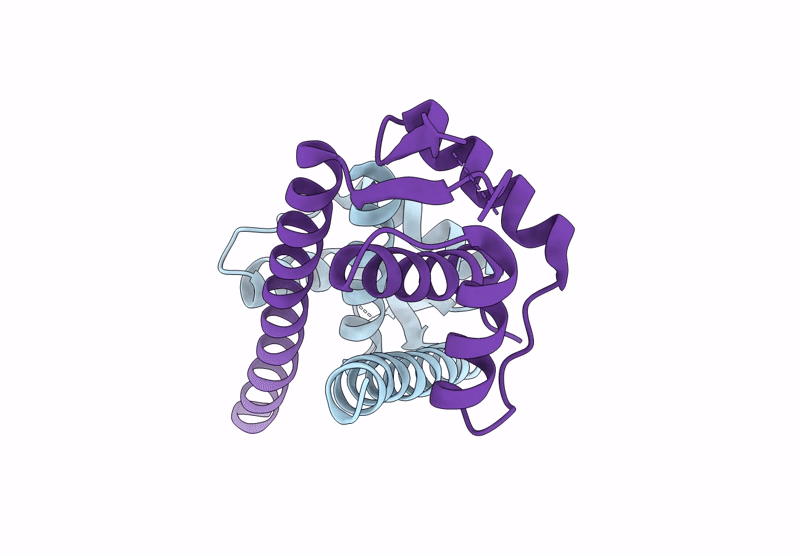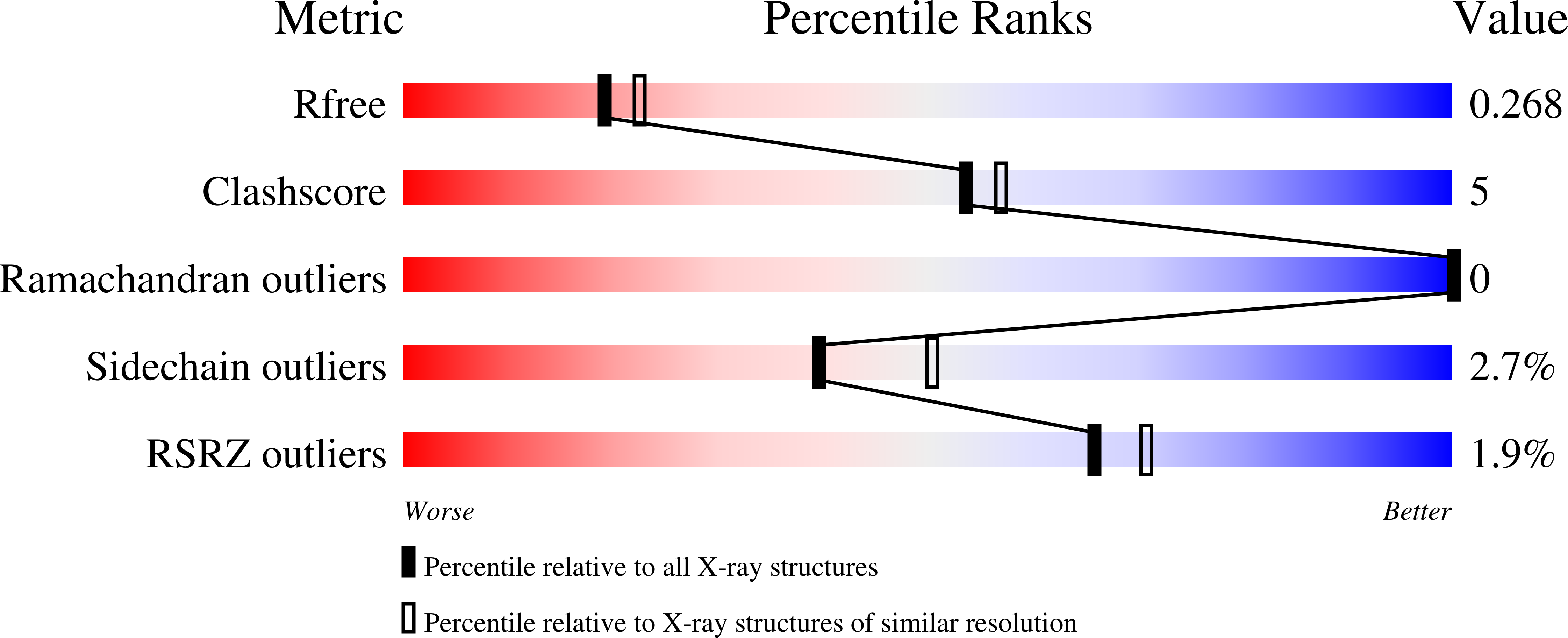
Deposition Date
2024-07-16
Release Date
2024-12-25
Last Version Date
2025-03-26
Entry Detail
PDB ID:
9G51
Keywords:
Title:
Crystal structure of LmrR with V15 replaced by unnatural amino acid 4-mercaptophenylalanine, apo
Biological Source:
Source Organism:
Lactococcus cremoris subsp. cremoris MG1363 (Taxon ID: 416870)
Host Organism:
Method Details:
Experimental Method:
Resolution:
2.35 Å
R-Value Free:
0.26
R-Value Work:
0.21
R-Value Observed:
0.21
Space Group:
C 1 2 1


